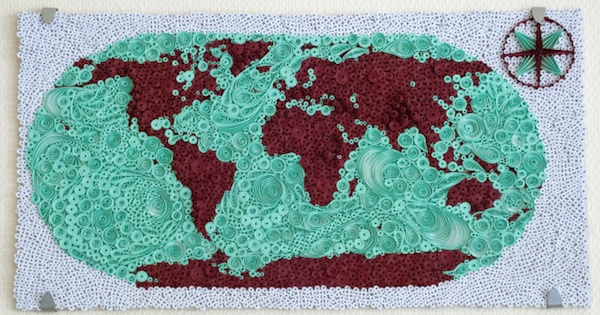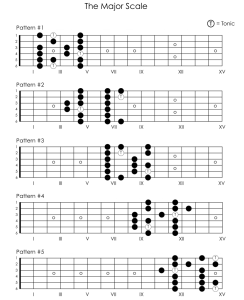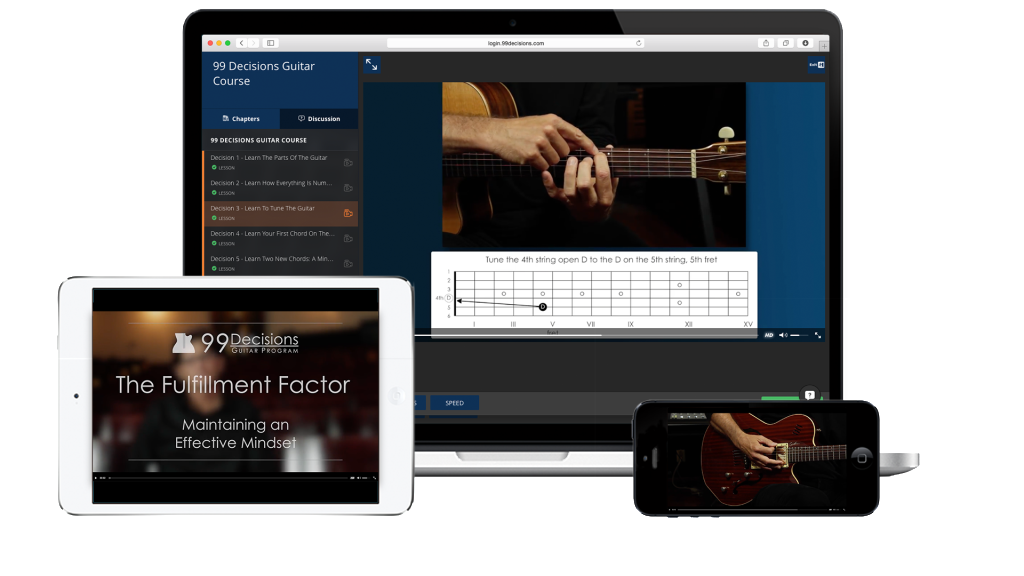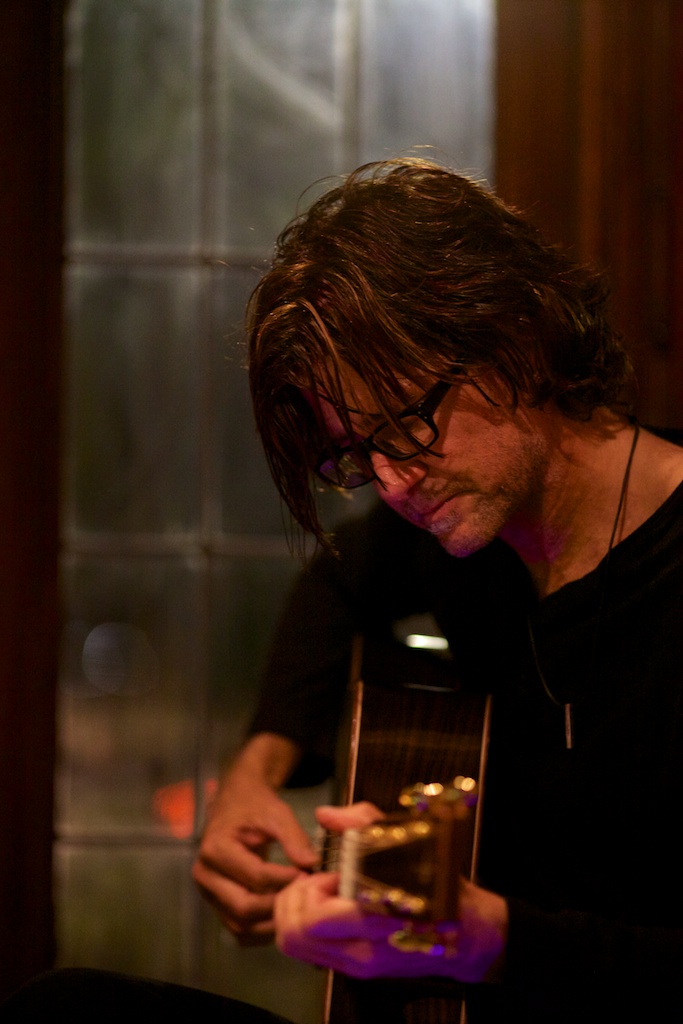In the beginning, there was scale pattern fingering.
And we all lived our lives by such fingering.
And everything was good.
But then we tried to make art in an artistic manner using these scales with these fingerings.
And then said fingering turned on us.
“Oh, why do I keep playing the same boring un-artistic phrases?!”, we asked ourselves, as we performed our shows to empty seats.
To truly free yourself up to make art in the moment (i.e. improvised guitar solos), one must not be tied to their scale vocabulary by the binds of fingering.
Now, let me say this first…
When you initially learn a pattern, using a constant ergonomically efficient fingering is very important. You don’t want to be in the initial learning phase of a scale pattern & play it multiple times with multiple fingerings. This would go against what developing muscle memory is all about.
Strive to play the pattern with the exact same fingering around 20 times in a row, accurately. The key word is “accurately”… which includes fingering.
And do this over a period of many practice sessions. This is a sure-fire way to ingrain scale vocabulary into the eyes, brain & fingers. You are going to be using these patterns for the rest of your playing life, so it behooves you to learn them at a very solid & deep level.
But…
There exists a huge disconnect between running a pattern ascending & defending with the same fingering each time and then improvising melodies using same said scale pattern.
How does one deal with this conflict of scale facility?
I suggest Phase Two of scale learning… Be able to play the pattern with any fingering.
And by “any fingering”, I mean developing the ability to create practical effective fingering strategies on the fly… in the moment… spontaneously.
How does one one learn this skill?
That’s the interesting part.
And it starts with not relating to scale patterns by finger numbers, but by note proximity.
Once again, this skill must be programmed though consistent training… but in this case, more visual than kinesthetic.
The point here is to get to a place where you can visualize scale patterns & not think of them in terms of fingers but proximal points on the fretboard.
Then you’ve changed the process of maneuvering around scale patterns to be a more artistic process, meaning that your fingers can respond to the music in the moment and not have muscle memory dictate your musical choices. With which, by the way, we guitarists are notorious at doing.
(“Bad muscle memory… bad!”)
This nimbleness is somewhat of a life-long pursuit. However, I am not suggesting learning every possible combination of all four fingers with all the scale patterns. This would be overwhelming as the mathematical possibilities would require multiple life-times to work on. Although, if you’re a devout Buddhist & believe in reincarnation, then you might have a shot. Unless you come back as an ant. That would be bad. Yet if you came back as a Beatle…
But I digress.
So, in the beginning, you indeed want to use the fingering to learn the pattern itself. To the brain, finger numbers are the most obvious part of the initial scale experience. Then, gradually ween yourself off of the fingering. Get to a place where you possess an understanding of the patterns themselves.
(“Good cognitive memory… good!”)
An excellent way to see if you know the patterns in this manner is to play the scale pattern using just one finger.
Go slowly as you play ascending & descending with your first finger… or any finger. This will show you that you really know the notes in relationship to one another as points on the fretboard
In the end, our musical abilities are a complex amalgamation of conscious, subconscious & physical skills that all work in tandem to create art in a seemingly magical & visceral manner. This series of articles explores the many ways in which we can work on developing these skills. In this case, with scale vocabulary.
(The featured image in this blog is by Amber Rousse… she’s a )




1 Comment
Davis Bader
April 6, 2015These blogs always make me want to go straight home and practice! Good stuff!!
Leave A Response